- Learning time
- 90 minutes
- First play time
- 240 minutes
Dominant Species
Designed by: Chad Jensen
In Dominant Species, each player takes on the role of one of six animal classes in the embryonic world, spreading out across a large board, adapting to new environments (represented by hexagonal tiles) and seeking to mess with each other’s plans for domination.
Dominant Species is a complex game and a full break-down of the rules here would be long and essentially pointless – to come to terms with the intricacies of the game it’s best to have everything laid out in front of you, and try your hand at it. But as the broadest of brushstrokes we can tell you that the game plays over a number of rounds and each round has thirteen phases to it, beginning with turn order, working through various others as each species explores, proliferates and adapts, and ending with scoring. Players have markers that allow them to activate a certain phase, and place cubes on the board representing the various species of their animal class, and tokens represent the food types available (on the main board) or that can sustain their own animals (on your own player board: more variety here gives you more flexibility on the big board).
We won’t describe each phase here but suffice to say as much as presence on the board helps (because majority presence means most points in scoring) being the most adaptable is also critical to your success, or lack of. Each hex on the board represents a kind of landscape, and the food types it supplies are tokens placed at the connecting junctions between hexes. Food types might be plants, carrion, grubs etc, and each player’s animal begins with two food types that can sustain it. If your animal suits the hex it occupies more than any other, then how many species each player has present is irrelevant: you are the dominant animal for that hex. Being dominant is important because it means you can choose a hex – any hex you like – to score points at the end of the round, and also play a card.
Cards are paramount to your progress, or perhaps hobbling others. They’re almost without exception hugely impactful on the game, allowing you to catapult yourself forward in terms of presence or points, or harpoon one or more other players. Dominant Species is an extremely interactive game, and it’s expected that players will ‘police’ each other and make sure that anyone building a strong lead gets pegged back.
When the last cards have been played there is a final scoring round for every hex on the map plus a bonus for the animal managing to survive the best on the creeping glaciers, that spread across the map threatening an imminent ice age. The player with the most points is the dominant species!
The guru's verdict
-
Take That!
Take That!
Pretty high. Even if you try and sneak under the radar, the mechanisms of the game force conflict, and the cards even more so.
-
Fidget Factor!
Fidget Factor!
Potentially high. There are always many phases to choose from, and ways to increase the number of markers you have and actions to take.
-
Brain Burn!
Brain Burn!
More tactical than strategic, Dominant Species' challenge is to react to what's going on around you and navigate a successful path through a multi-directional battle for survival. Ending a round with animals in a hex that you can't feed in means those animals die out, which isn't ideal. However, there are times where you might accept (or even choose) such a demise, if there are alluring prospects elsewhere...
-
Again Again!
Again Again!
There's a lot of variety here: the tiles are drawn randomly, as are the cards. That's enough to make each game distinct. But the player decisions also have huge import on the board.

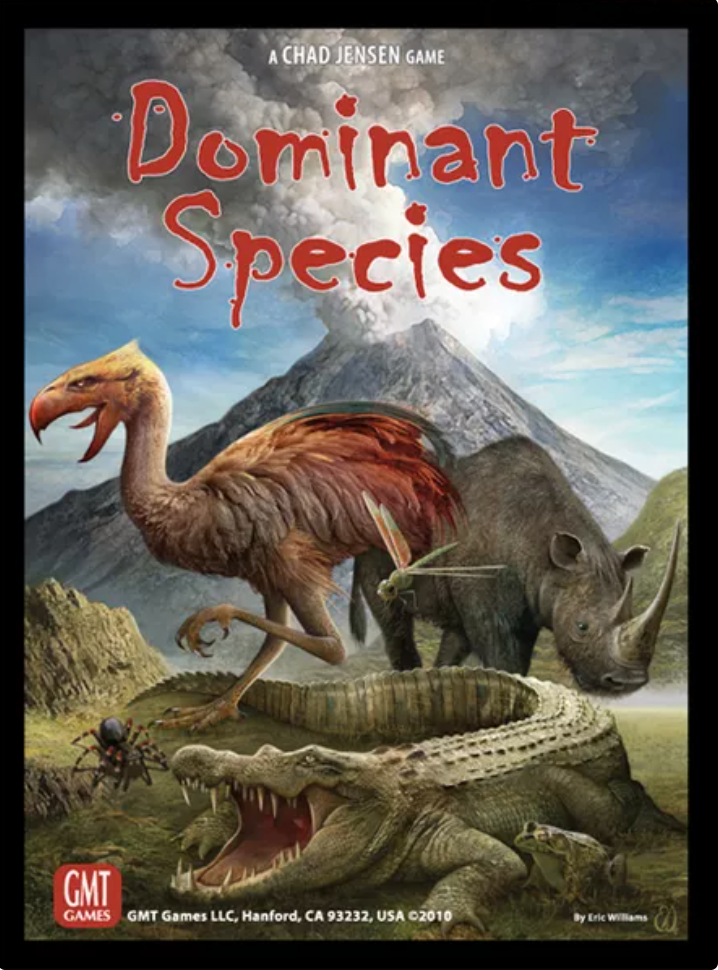

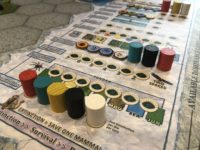
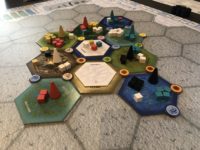

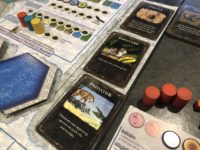
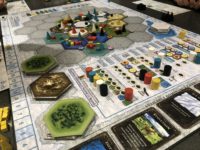
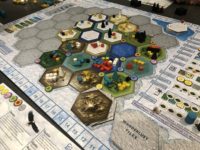







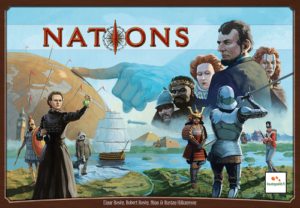
Sam says
Dominant Species ticks a lot of boxes for me - clever, intricate, thematic, and feisty. On the other hand it's complex (13 phases!) and long. If you're familiar with the game you can probably teach willing ears in about 20-30mins, but starting from scratch is a hefty undertaking and it's absolutely not recommended that you start the game with nobody having read the rules already. I've played it only once (with 5 players) and really enjoyed exploring the nuances of the thriving, combative landscape. Would I choose this over other long 'event' games? I'm not sure. One or two wrinkles aside, the complexity feels largely integrated to the theme, rather than just there for complexity's sake. But it is complex, and a first play needs a few clear hours before you as everyone will be double-checking what this or that phase does. How you feel about Dominant Species is really down to how you feel about the three defining needs of the game: time investment, cognitive load, and everyone royally screwing each other over.